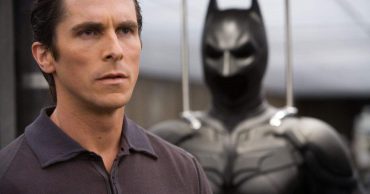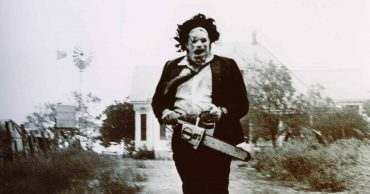Ghostbusters: Frozen Empire was just released and the consensus is that the film is just okay. However, the most notable thing about the complaints is that the nostalgia of bringing back the original cast hinders the overall experience of the reboot. This is a common complaint when it comes to modern Hollywood. Audiences continuously question whether Tinseltown has any originality left. Ironically, the only way writers and directors get noticed by executives is if your film is both original and good.
Nostalgia isn’t foreign to films or television. Hollywood is a business first and foremost. That means the priority of Ghostbusters: Afterlife is to satisfy the old fans and bring in new ones for maximum profit. In a day and age, where original films like Avatar (James Cameron movies), Barbie, or Oppenheimer are starting to prove their worth at the box office. Nostalgia Bait is starting to grow tiresome with audiences. Hollywood hasn’t just run this tactic to the ground, but they’ve mishandled it to the point where audiences are simply done with the new take on their childhood favorites.
Nostalgia Prevents The Growth Of A Franchise

Franchises such as Star Wars, Aliens, Terminator, and Ghostbusters have been struggling a bit. The ironic part of executives focusing so much on the business aspect of filmmaking is that they neglect why these movies became so popular in the first place. They were new and genuinely exciting. Star Wars became a global phenomenon because of the exciting action sequences and compelling characters. The same thing can be said about every franchise in movies and television.
But what happens when that franchise doesn’t evolve? Star Wars feels like it’s been stuck in pilot mode because there hasn’t been anything new since the Rise of Skywalker. While there’s no denying that shows like Andor or the beginning of The Mandalorian captured the attention of fans, the scope of the world just hasn’t expanded beyond what George Lucas established in 1977. There are a couple of new wrinkles here and there, but the nostalgia bait has prevented franchises from truly opening the gates to something new within the confines of a series.
I don’t just mean new characters in a familiar world. Terminator had stopped using John Connor as a main character since Salvation, yet the formula hasn’t changed from the first two films. A new setting or rules that expand the mythology of said series is vital in keeping something alive. Though audiences like the familiar, they also crave something new.
Nostalgia Bait Can Turn Off The Old Fans Of The Franchise

That isn’t to say that every franchise isn’t taking some risks. But when you pick up a property like Star Wars or Terminator, you’re naturally going to get the curiosity of the original fans. The key thing is that creators have to respect the spirit of what came before it and add something that warrants its return. The 2016 Ghostbusters is a prime example of this. Admittedly, the film received an unfair amount of hate mainly because of the all-female cast.
However, when you look at the 2016 Ghostbusters, it’s essentially doing everything that the 1984 film did, but just with women. There was nothing about that film that expanded the mythology of the series. In fact, it felt as if the 2016 version was trying to erase the 1984 film and it presented that cast as the first ever Ghostbusters.
You simply can’t bank off an IP and pass it as something new. It essentially spits on what the original did before it. You turn off the old fans of the franchise, and that also helps keep the new ones from exploring it as well. Word of mouth is a valuable asset that helps encourage curious and skeptical filmgoers to check out a movie. When old fans don’t like a franchise, they will spread the word and turn off new moviegoers.
It Prevents New Films From Getting Made

Cord Jefferson (American Fiction) gave a strong Oscar speech that hopefully the executives were listening to, “$200 million movies are also a risk, you know, and it doesn’t always work out. But you take the risk anyway. Instead of making one $200 million movie, try making 20 $10 million movies, or 50 $4 million movies.”
The days of mid to low-level budget films have been severely damaged in modern filmmaking. It still exists, largely thanks to the horror genre, but executives are so focused on the financial returns that they lose sight of the important factor. Not every original film is going to be a success. Shelling out $150 million plus for big IP films seems to be backfiring these days as well. The huge success of Marvel is a big contribution to this focus on big-budget content. Even then, the Marvel Cinematic Universe was new (and good) in the mainstream. How do you expect to get a new franchise when executives are too afraid to take a risk on one?
It shouldn’t take an Oscar-level filmmaker to do so. Star Wars Episode IV – A New Hope was made for $11 million (not counting inflation), The Fast and the Furious budget was $38 million. Indiana Jones and Raiders of the Lost Ark was $20 million. I can keep going on and on about most of the franchises that started on a low or mid-budget. The purpose is to highlight the need to focus more on creating possible franchises instead of continuously milking one dry. How many times does a new Terminator movie need to flop for executives to finally move on? Nostalgia can be fun now and then, but overstuffing the market with it doesn’t do anyone any favors.
 Follow Us
Follow Us





